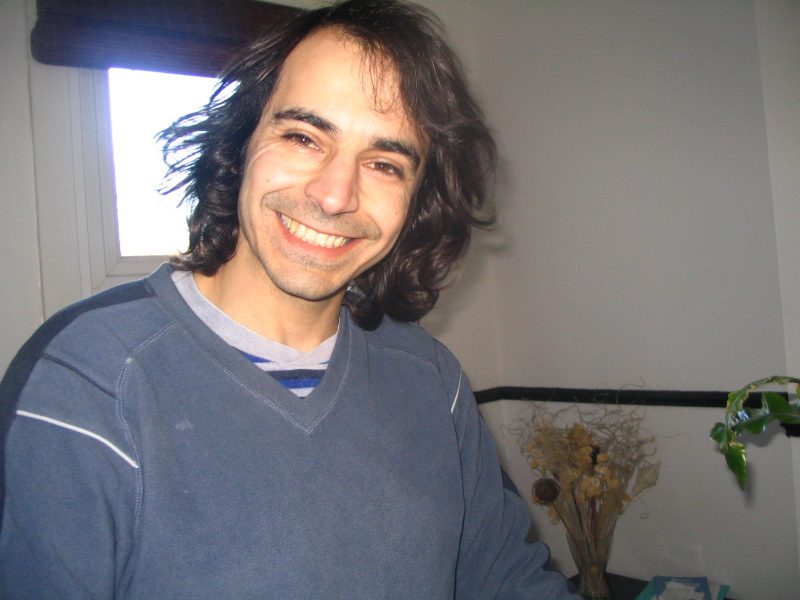Dr Guilherme Neves – King’s College London
As I was growing up in suburban Lisbon my amazing science teacher made me realize something that to this day seems almost magical: all that we see, think and feel is represented in our brains as electricity… the same hair-raising “stuff” that can give us a shock or turn on the TV.
I have since been fascinated by how neurons and networks make this seemingly impossible task work effortlessly. It is now clear to me the working of synapses – the highly specialized molecular nano-machines that regulate communication between neurons – play a fundamental role in how the brain achieves this feat. I have studied in detail how synapses form, how they function and adapt to different stimuli in a range of model systems. Recently I felt compelled to integrate knowledge from different disciplines into an integrated whole, so that many different properties of the exact same synapse could be analysed together.
Understanding the brain’s GPS system
In Juan Burrone’s laboratory at the MRC Center for Neurodevelopmental Disorders at King’s College London I am part of a group that studies a very specific area of the mouse hippocampus, an area described as the brain’s own GPS system, using a variety of different approaches to look at synapses, from genetic encoded indicators to live optical imaging, electrophysiology and detailed anatomic reconstructions in collaboration with the Centre for Ultrastructural Biology at King’s College London led by Dr. Roland Fleck.
A striking feature of synapses is how variable they are – a largely unexplored feature we believe is fundamental for brain organization. Neurons use both the size and the location of the thousands of synapses they receive along their vast dendritic trees to perform calculations. To further complicate matters, active synapses will send different meanings depending on the identity of the broadcasting neuron.
Interdisciplinary expertise
Our hypothesis is that related neurons target small dendritic compartments to create clusters of inputs that code for similar information, forming independent networks. We have already identified some specialized dendritic regions in our pilot experiments. We have now teamed up with the Rosalind Franklin Institute to enable the involvement of other technologies we couldn’t access within King’s College London.
Our goal is to correlate the size of a large number of individual synapses with their location in the receiving neuron’s tree and assign them to network types. To produce this dataset, we will correlate images of the same sample obtained with radically different instruments: from X-ray tomography images representing entire brain regions to detailed 3D electron microscopic reconstructions of synaptic contacts at the nano-meter scale. In collaboration with the group of Dr. Timothy Burnett at the University of Manchester who are experts in correlative workflows combining multiple techniques and scales of imaging, we are in the process of implanting this plan.
I have always looked for collaborations with groups that specialize in physics and engineering, and always valued the learning of new approaches as well as the opportunities to generate completely new data. Although extremely exciting, this interdisciplinary approach comes with extra challenges. No one has a manual, and no member of the team is a specialist in every area, so we have to be humble, trust each other’s skills and use a collaborative rather than hierarchical organization. Regardless, we are quietly confident this approach will provide us with a better understanding of the rules neurons use to assemble networks, and consequently the basic organization of the brain.
Follow Guilherme on twitter at @GuiVSNeves
LinkedIn: https://t.co/nS1vTTHBKF
More information on the group: https://devneuro.org
